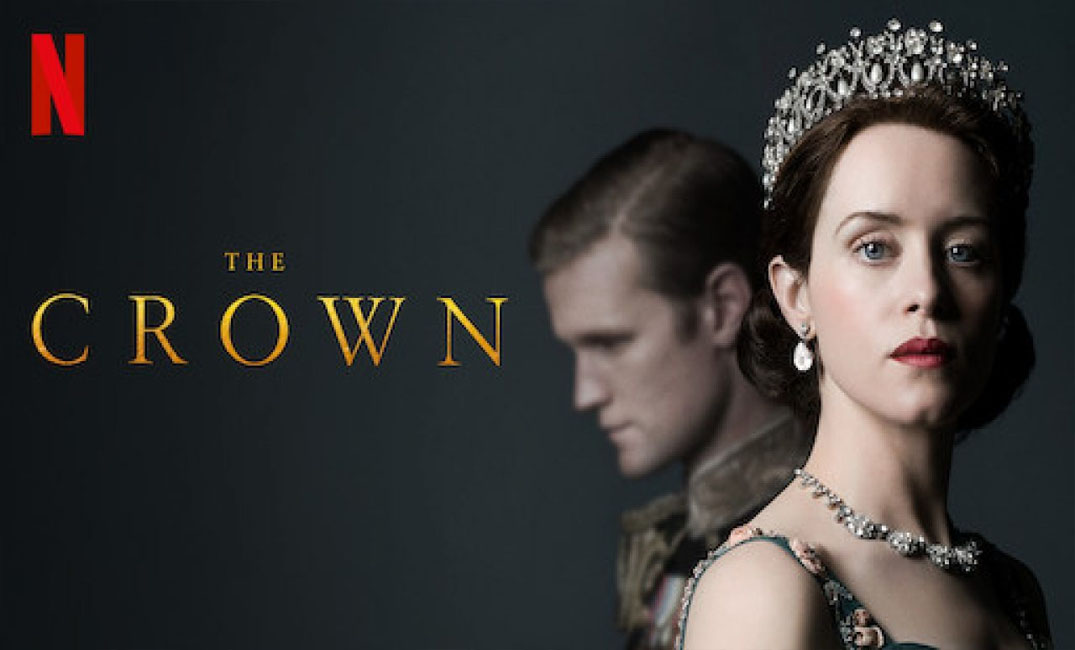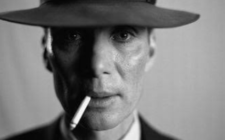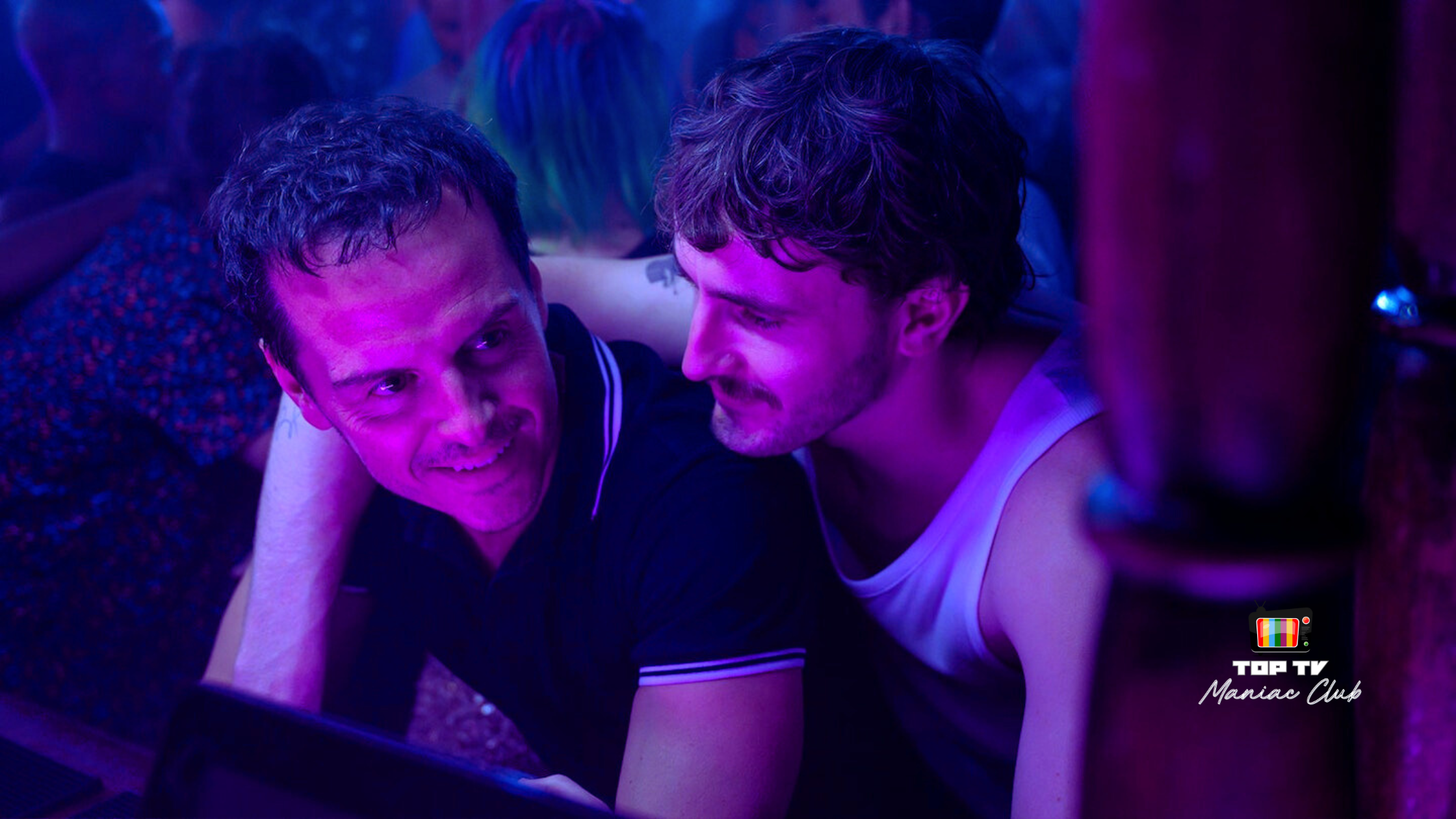After a few years of reluctance to watch the popular and sumptuous Netflix mega-production drama series “The Crown”, I decided to give it a try and ended up hooked. I think the monarchy culture is pretty outdated, boring and cheesy, however, I have to admit that the series is an exciting course of History, not just about the British Empire and Europe, but the whole world, and this is the main reason the series has captivated me so much- also discovering the facts and scandals that marked the British royal family was also very enjoyable.
“The Crown” was created by Peter Morgan and revolves around Queen Elizabeth II‘s life from the 1940s to modern times. Over the decades, personal intrigues, romances and political rivalries were revealed and helped shape the 20th century. In 2017, I watched the first season of the Elizabeth II saga, and 4 years later I decided to give it another chance, and I can’t complain about how I spent my time on it. For me, so far, the first two seasons are two masterpieces in terms of content, historical reproduction and artistic relevance. However, in this review, I will focus on the second season, which spotlights numerous significant moments of the 60s World History. From the perspective of the socio-economic-cultural aspects, the series depicts the ups and downs of the British Empire, after the resignation of Prime Minister Winston Churchill (John Lithgow), in 1955, and the arrival of two successors: the also conservative Anthony Eden (Jeremy Northam) (1955-57) and Harold MacMillan (Anton Lesser) (1957-63) and its consequences to the United Kingdom.
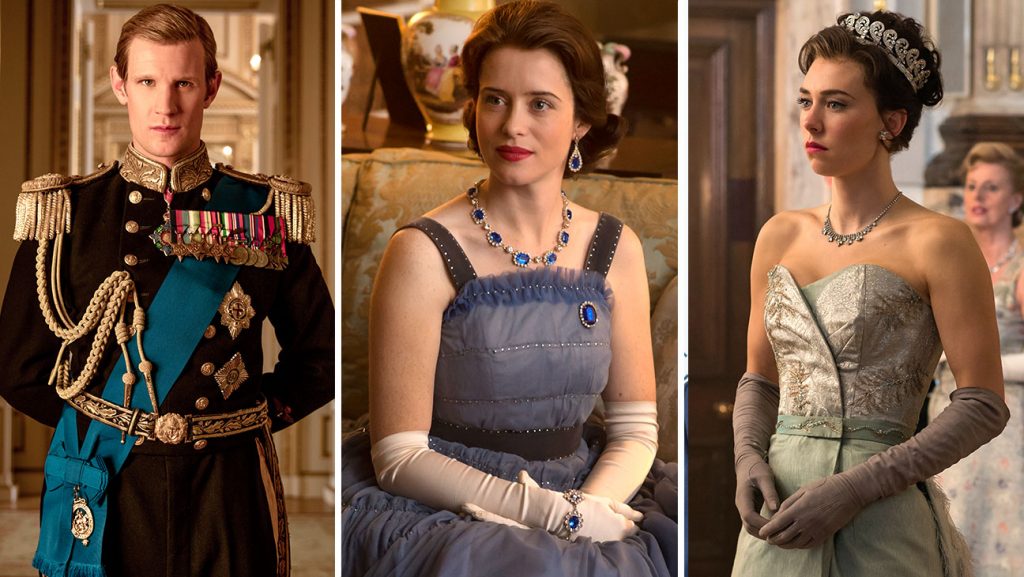
Among the most prominent historical facts, the TV show features the crisis of the Suez Canal, located in Egypt, which was a British colony until 1922. In the 60s, after a strategy of Egypt nationalisation, developed by president Gamal Abdel Nasser, to take out the English from the canal zone, the British Empire and its politicians felt outraged and decided to launch military action against the Egyptian government but, the British Army ended up failed and beaten.
Another historical fact explored in the series is the plot which involves Lord Altrincham, a journalist who dared to criticise the outdated customs and protocols of the monarch and her family. His writings in the National and English Review, his magazine, did indeed make noise in England, as did on the TV interview. He forced the kingdom to modernise itself when Queen Elizabeth II (Claire Foy) had to put her pride aside and decided to listen to the journalist’s advice about adopting new conceptions of monarchy that would suit more to the 21st century. Among the new measures, in that same year, she began the traditional televised messages and started to receive the public at Buckingham Palace, through appointment visits as the way to get closer to her nation.
In 1961, Buckingham Palace opened its doors to the new US President, John F. Kennedy and First Lady, Jacqueline Kennedy. The American couple was a famous and beloved one, and it’s possible that the Queen felt insecure and almost eclipsed, as the series shows. Jackie was a fashion icon, Elizabeth II not so much. Jackie was cultured, multilingual, captivating – to the point that France and England stopped to watch her shine, while Elizabeth represented the classicism and traditionalism that no longer fit in that new world.
Regarding the scandals that directly involve royalty members, the second season shows a middle-aged royal couple going through a marital crisis that culminates in the Duke of Edinburgh’s Prince Philip (Matt Smith) tour of a five-month trip aboard the royal yacht Brittania. The plot implies that the prince had an extramarital affair with a beautiful and notorious Russian Bolshoi Ballet ballerina when the Majesty accidentally finds a photo of her in Philip’s suitcase.




Another remarkable storyline is Princess Margaret (Vanessa Kirby) and photographer Antony Armstrong-Jones (Matthew Goode) wedding, who, despite his contempt for royalty, earns the title of earl and becomes known as Lord Snowdon. This time, Margaret doesn’t allow the Queen to decide about her happiness in name of the morals and traditions of the reign (she had broken up with her love interests in the first season because the man was divorced), and the princess faces the queen and does not succumb to her order of not to marry the young photographer, who by the way, maintained a very progressive and modern lifestyle like romances with various women and men. That makes the Queen gets mad and worried about her family reputation.
And finally, an emotional episode that explores the distant and cold father-son relationship between Philip and little Prince Charles, through the old fashioned Scottish school Gordonstoun, where both Philip and Charles attended. The queen’s husband forced the shy, insecure and sensitive son Charles to study at school, with unorthodox methods of Education to make him a “real man”, in a clear critique of Philip’s conservative and sexist way of what is be a man. This episode clearly shows the scars that the bully left on the heir to the throne.
Another great asset that the production is the spectacular cast. Actress Claire Foy embodies Queen Elizabeth II in restrained gestures with her hands and eyes (sometimes frightened and uncertain, sometimes with brutal force) to keep alive the honour and memory of the British royal family. The actress managed to create a performance of the British monarch that will remain eternal in television history. Olivia Colman who takes over the major role in season three, although she is a good actress, I anticipate that she doesn’t perform as good Elizabeth II as Claire Fox does. She’s far away from the first actress. It’s hard to accept someone as the longest-reigning British monarch after Foy tour de force!
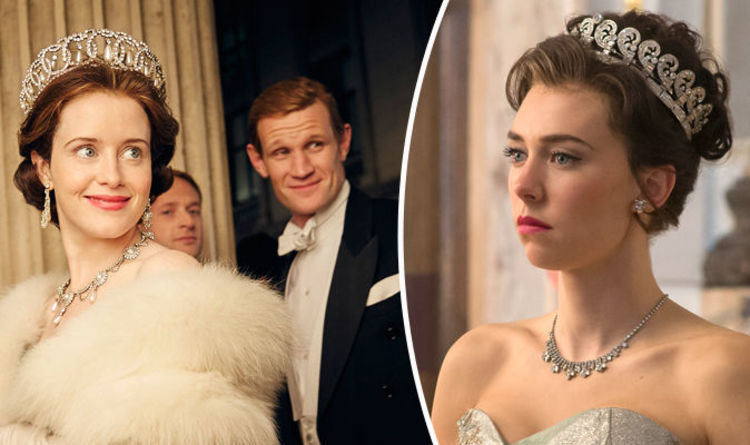
I want to highlight actor Matt Smith’s performances as the ambiguous and seductive Philip, in a wonderful partnership with Lady Fox on set. He credibly imprints the nuances and contradictions of the man who lives next to one of the most important women of the 20th century. I also need to praise the beauty, the charm and the elegance that Vanessa Kirby brings to life Margaret, Countess of Snowdon. The princess is the first child of the Duke and Duchess of York (later King George VI and Queen Elizabeth) and the only sister of Elizabeth II. On the contrary to her sister, she would like to be Queen, but as the youngest KIing’s daughter, she wasn’t the heir presumptive. She is a modern woman but bound by the conventions and benefits of being part of the royal family. She is also frustrated with the idea of being overshadowed by the Queen.
I have to agree that the series really is worthy of all the buzz it’s been with critics and viewers since its debut in 2016! It’s a bittersweet portrait of the 21st century!
Check out the official trailer
Have you seen the season 2? Share you impressions about it!

